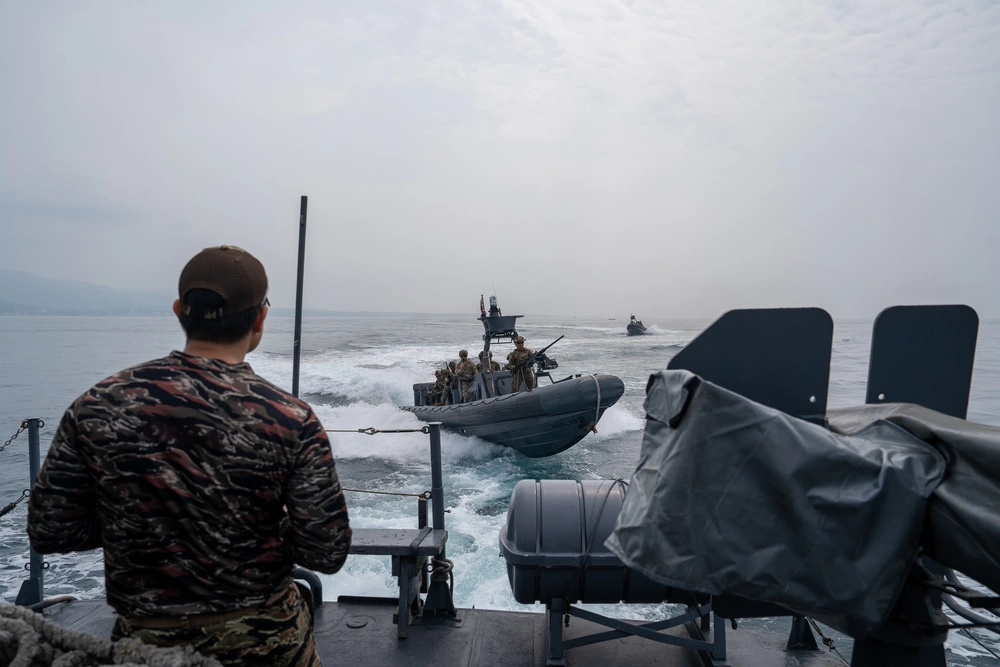MANILA — The Philippines can make the most of the $500-million military aid from the United States by focusing on “actual joint operations and exercises” in the West Philippine Sea, according to maritime security expert Jay Batongbacal.
China has been shifting from non-kinetic to kinetic strategies in asserting its illegal claim in the West Philippine Sea, said Batongbacal, who also leads the University of the Philippines’ Institute for Maritime Affairs and Law of the Seas.
“We need now to consider from non-kinetic to actual kinetic. We have to prepare for that because that is really the trajectory of China,” he said, referring to Beijing’s use of force against Filipinos on resupply missions in the West Philippine Sea.
“We’ve been able to do a lot of exercises, but from my perspective, it’s still on the basis of operating separately but in a coordinated fashion,” Batongbacal said. “I think the next step should be operating as a single unit.”

While Batongbacal anticipates China to “scoff” at the $500-million funding from the United States, he believes the Philippines could “maximize that assistance” by prioritizing “exercises on operations and also internal coordination between allies.”
“I don’t think $500 million will make a difference with respect to how China deals with the Philippines. They always see this through one filter, their American maneuver,” he said. “We have to level up.”
Although the Department of National Defense has yet to release a full list of projects funded by this “unprecedented” and “once in a generation” aid, Defense Secretary Gilberto Teodoro previously stated that the Philippines would use a significant portion of the funds to enhance its deterrence capabilities, including in the cybersecurity domain.
In addition to the $500-million fund, Washington has committed another $128 million to “double its investments” in nine military camps in the Philippines accessible to American troops.